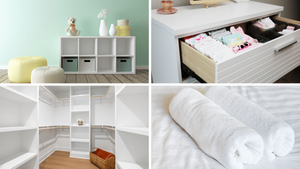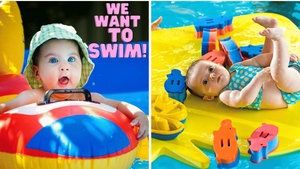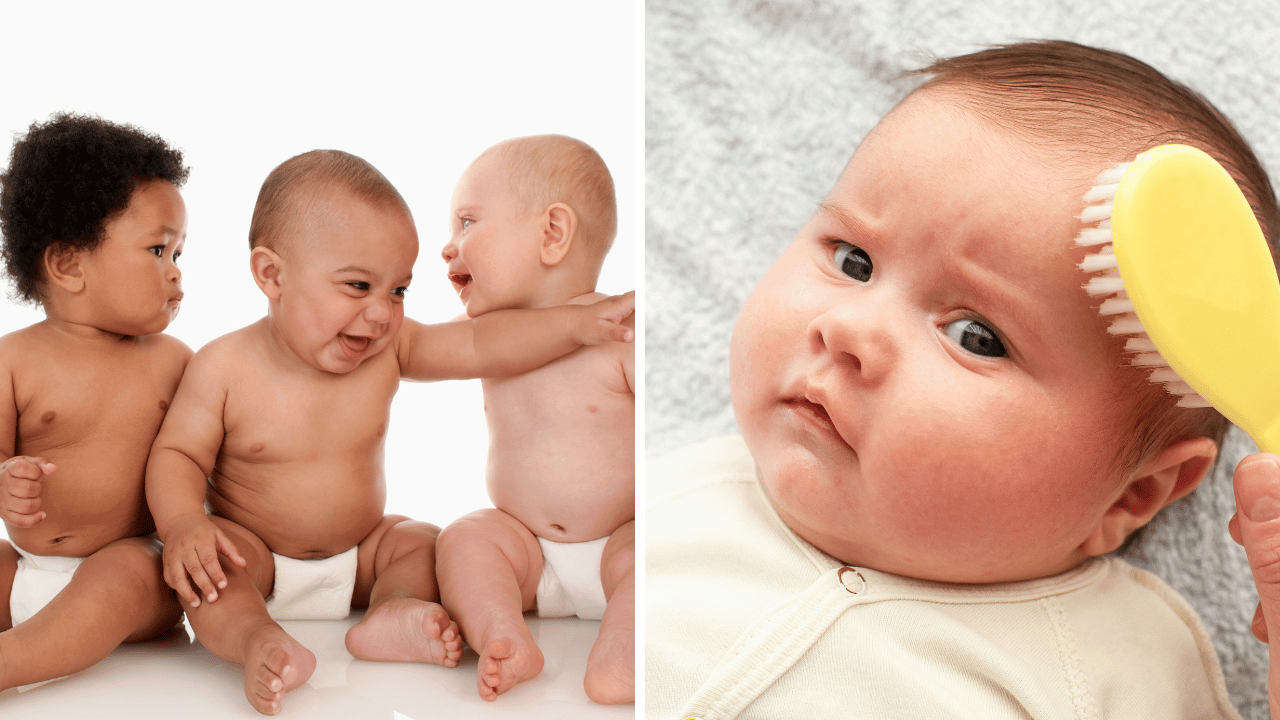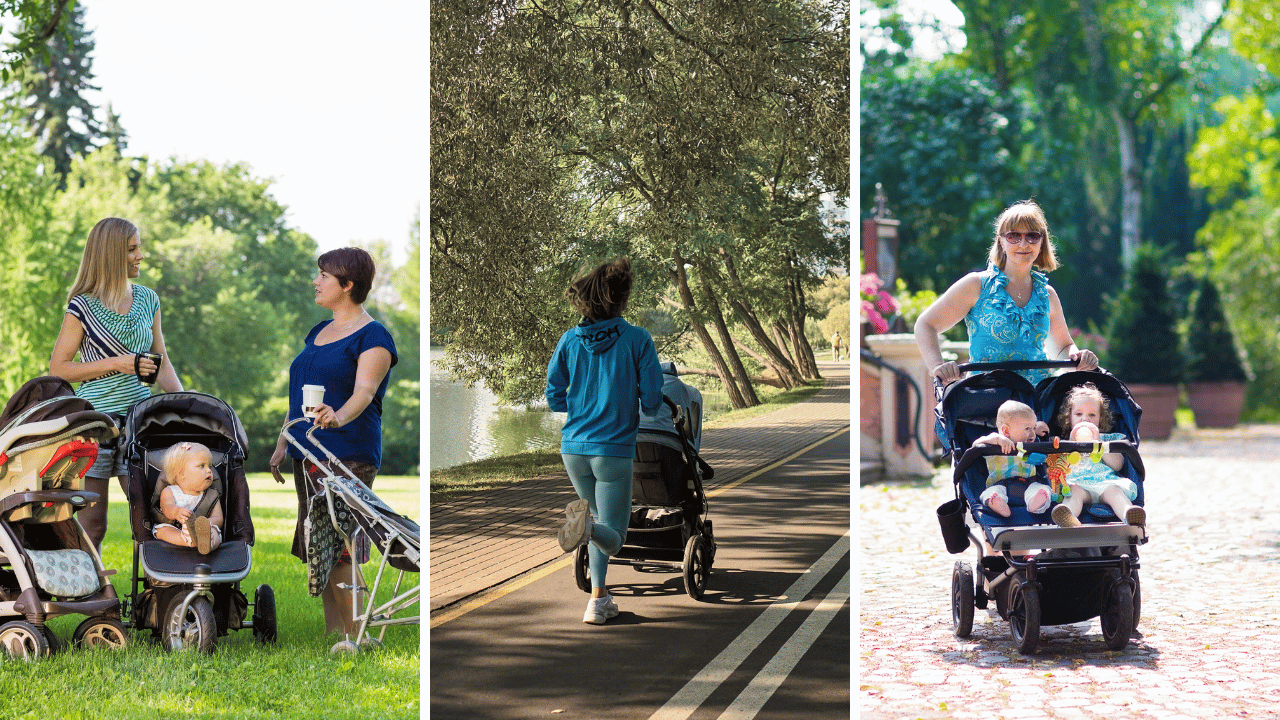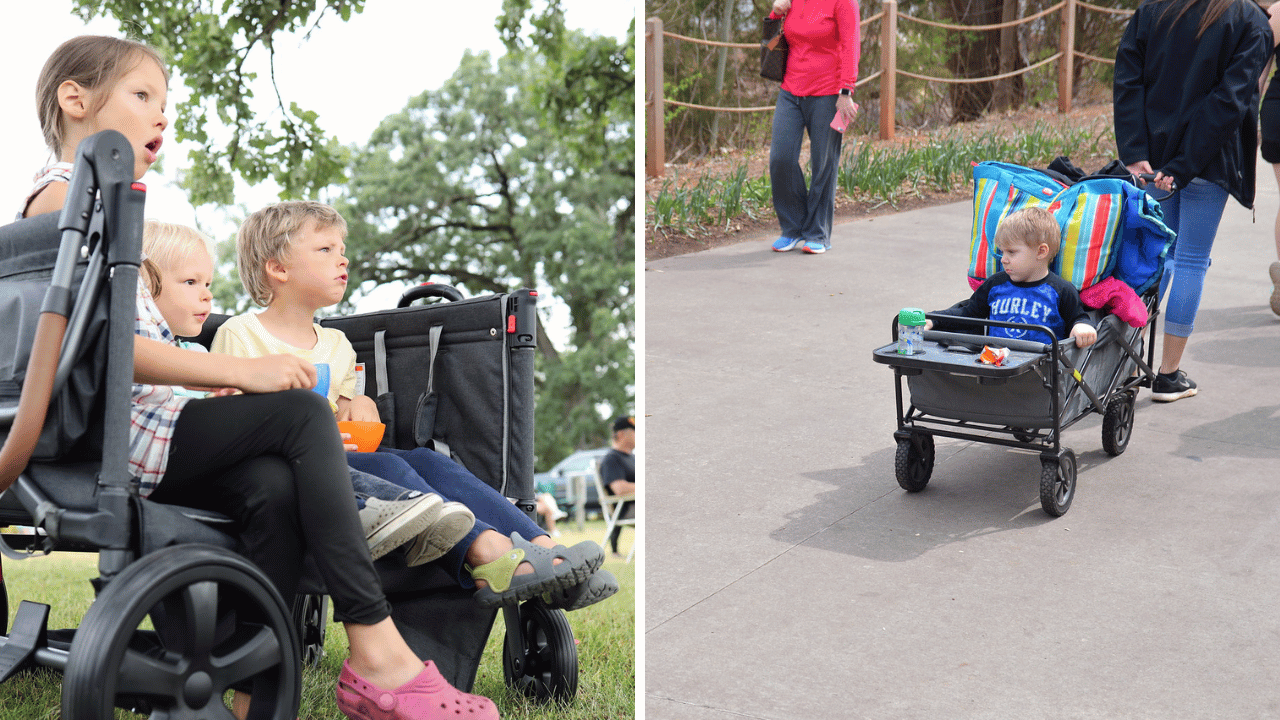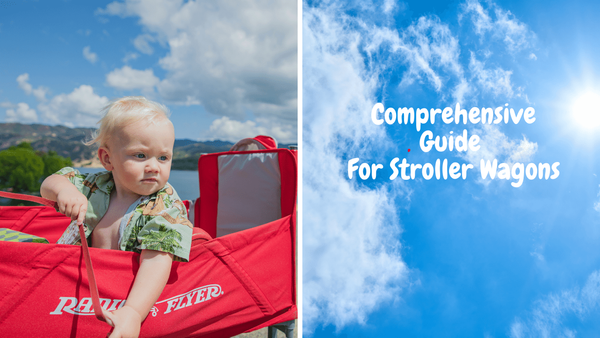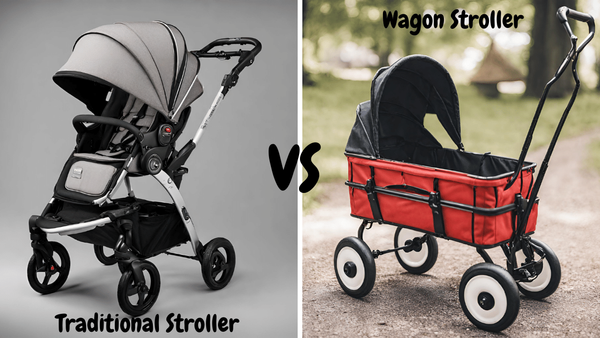Becoming a parent is an adventure filled with joy, love, and a fair share of uncertainty. One of the most common concerns for new parents is ensuring their little one is both comfortable and safe during the night. This guide will help you navigate those nighttime worries with confidence, focusing on how to keep your baby warm, cozy, and secure.
With these tips and tricks for parents, you can ensure that your little one is nice and snug as they drift off to dreamland. From optimal room temperatures to snuggly blankets and sleepwear solutions - we cover it all so you can be well-prepared for helping your baby get some good restful sleep every night.
How To Keep Baby Warm At Night?
Here are some tips and tricks to help keep your baby warm at night:
1. Monitor Room Temperature: The ideal temperature for a baby's bedroom is between 16-20°C (60-68°F). If you are unsure of the room temperature, you can use a thermometer to measure it. It is important to remember that higher temperatures may make babies uncomfortable, resulting in poor sleep.
2. Dress Baby Appropriately: Make sure to dress your baby comfortably and appropriately for the temperature of their room. This may include swaddling, using a onesie or other sleepwear that is breathable and lightweight, or layering blanket over them for extra warmth. It is best to avoid materials like wool as they can be too itchy and uncomfortable for babies.
3. Use a Baby Sleep Sack: A baby sleep sack is a safe, comfortable way to keep your little one snug throughout the night. These bags can be used over regular sleepwear or in place of swaddling and are designed to keep your baby warm without compromising on safety.
4. Use Blankets Wisely: It is important to ensure that all blankets, sheets and other bedding are placed securely near the foot of the bed. This helps avoid any entanglement hazards. Make sure that you use light layers of blankets over the baby rather than one thick blanket that could lead to overheating.
5. Check on Baby Regularly: Remember to check on your baby regularly throughout the night, especially if the room temperature has changed significantly since bedtime. This ensures that your little one is comfortable and warm, and can easily be done without disturbing their sleep.
6. Have a Backup Plan: It is always best to have some extra blankets or sleepwear on hand in case your baby gets too hot or cold during the night. This way, you can quickly adjust their bed clothes without having to wake them up for a complete wardrobe change.
Following these simple tips and tricks will help ensure that your baby is safe and warm throughout the night. You can rest easy knowing that you have taken all the necessary steps to provide your little one with comfortable and restful sleep.

Setting The Ideal Room Temperature: A Balancing Act
When considering the ideal temperature for your baby’s room, it is important to remember that babies cannot regulate their body temperatures as well as adults can.
For this reason, you will want to find a temperature that your baby is comfortable. However, finding the perfect temperature for your baby's room can seem like a never-ending guessing game. Too hot or too cold can cause discomfort and disturb their sleep. Aim for a room temperature between 68-72°F (20-22°C) for optimal coziness.
Choosing Clothing and Layering for Sleep
When it comes to selecting clothing and layering for your baby’s sleep, the key is to keep them comfortable. Depending on the temperature of their room, you can either opt for something lightweight like a onesie or swaddle them up in a light blanket.
It is important to avoid materials like wool as they can be too itchy and uncomfortable for babies. If you choose to layer blankets, make sure that each layer is light and securely placed near the foot of the bed.

Understand How A Baby Sleeps
The tip is to understand how a baby sleeps. Babies tend to sleep more lightly than adults and may become easily disturbed by changes in temperature or noise.
As such, it is important to check on them regularly throughout the night and adjust their bedding accordingly. Having a backup plan with some extra blankets or sleepwear is always beneficial in case your baby gets too hot or cold during the night.
Make Sure Your Nursery Is Part of a Healthy Home Environment
Finally, it is important to ensure that your nursery is part of a healthy home environment. This means creating a space that is free from toxic materials and allergens such as dust mites or mould.
It also means having proper ventilation in the room so that air can circulate freely without being contaminated. All these steps will keep your baby safe and comfortable while they sleep. Also, try to keep the noise level low in the room so that your little one can rest peacefully.
Check Baby's Sleeping Position Regularly
It is also important to regularly check on your baby’s sleeping position throughout the night. Make sure that they are not laying in an uncomfortable position which could lead to an unsafe sleeping environment.
Adjust their sleepwear and bedding as needed, and always use a baby monitor when necessary. Plus, if your baby is sleeping in a crib, make sure it meets the safe sleeping guidelines set by the American Academy of Pediatrics.

Invest in Quality Mattresses and Bedding
Investing in quality mattresses and bedding is an important part of keeping your baby warm and safe at night. Quality mattresses should have the right support and cushion for your little one, while bedding should be made of breathable material that will keep them snug.
You can also opt for mattress covers or waterproof pads to help protect against moisture and allergens. And, when it comes to selecting the right blankets for your baby, make sure they are soft and breathable – without any embellishments or zippers that may cause discomfort or injury.
Keeping Your Baby Warm And Safe At Night FAQs
Do I need to use a special type of bedding for my baby?
Yes. It is best to use lightweight, breathable bedding such as cotton swaddles or muslin wraps rather than heavy blankets. Always keep the bedding away from your baby’s face and neck so they don't get too hot or smothered.
How do I know if my baby is too hot or cold at night?
The best way to tell is to feel your baby’s chest. It should be warm but not overly hot. If it feels too warm, you can adjust the room temperature and switch out the bedding for lighter layers. If it feels too cold, add an extra layer of clothing or swaddling blanket.
What is the optimal temperature for a baby’s bedroom?
The best room temperature for an infant is between 68 and 72 degrees Fahrenheit, or 15-21 degrees Celsius. This should be comfortable enough to keep your baby warm without them getting too hot. It's also important to note that if you live in a colder climate, you'll want to make sure the room is heated enough for your baby to be comfortable.
Final Thoughts
Keeping your baby safe and warm at night should be at the top of every parent’s list of priorities. Whether it’s picking the right clothing, ensuring there are no distractions or creating the ideal sleeping temperature – these tips will help keep your little one comfortable while also keeping them safe through their sleep.
And remember, if you ever experience any doubts or questions regarding your infant’s sleep, always consult a healthcare professional for advice. So, as parents, let's take charge in creating a safe and secure environment for our children to rest comfortably knowing that they are well taken care of.


